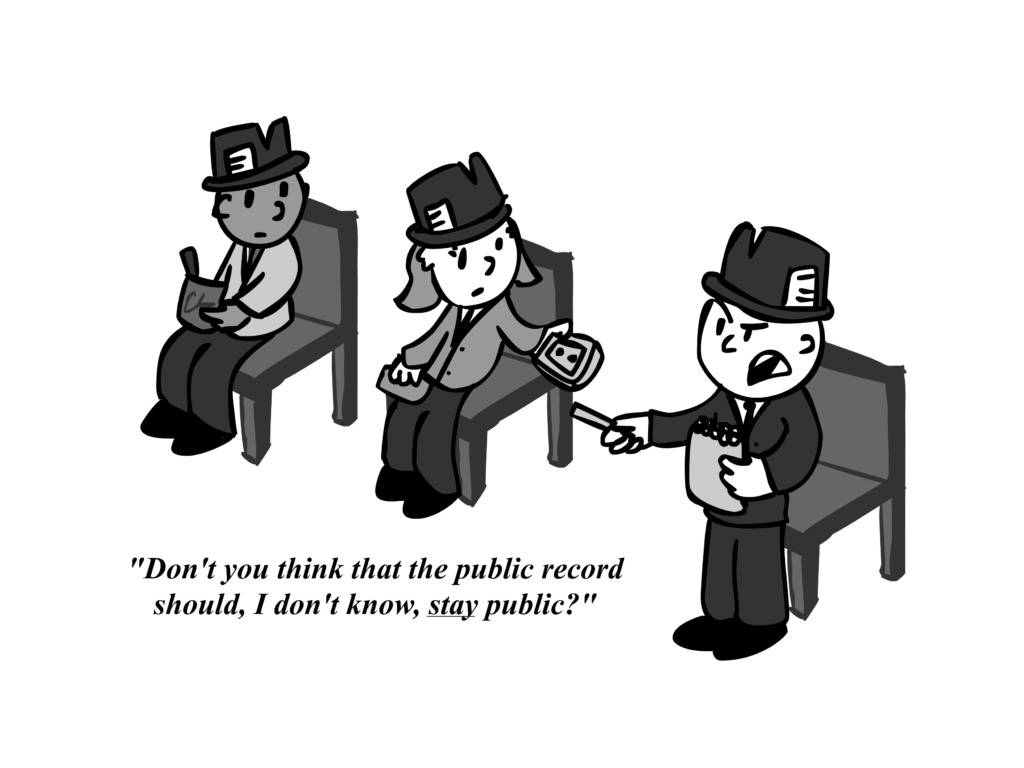Column by Rachel Wood, contributing writer
I’ve been sewing since I was 13, and one of the first questions people ask me about my skill is, “Who taught you how to do that?”
Not my mother or grandmother, as most people normally expect. Not even an instructor during a class at my local craft store. No, I learned how to use my grandmother’s old sewing machine through the internet.
It’s certainly not as romantic as seeing a skill passed down through generations, but the internet is revolutionizing how people pick up new trades. Whether you want to learn to knit a scarf, build a shelf or plant your own vegetable garden, there’s an online tutorial for it. While Pinterest has been the most obvious place for crafters to pick up new projects, YouTube and Facebook have also contributed a great deal to this trend.
The internet wasn’t the first place for these tutorials, of course; TV channels like HGTV and DIY Network have been driving the do-it-yourself trend since the 1990s. The real change seems to come from the types of people who are sharing these skills. It’s one thing to watch a professional seamstress show you how to do an embroidery project, but it’s entirely different when it comes from an accountant or hair stylist.
I think DIY is so on trend now because the internet is showing that anyone can do it themselves, regardless of training or even access to materials.
With great DIY inspiration, though, comes a lot of room for error. There’s the obvious danger that comes with using new tools – you might need a little more than a video tutorial for your first go around with a table saw – but there are also other risks involved.
One trap I’ve frequently stumbled into is the “I can definitely do that” pitfall. I’ve seen unique dresses online that I’m certain I can recreate for a cheaper price; countless hours and wasted materials later, I’m left with an end product that shows I clearly should’ve just bought the original dress. Pinterest is also notorious for passing off altered photos as easy DIY projects, much to the chagrin of those who attempt them (glow-in-the-dark flowers and moss graffiti are two infamous examples).
Also, there are some DIY projects that probably shouldn’t be taught online. While it might sound like a good idea to forgo the technician fee and try to fix your laptop’s motherboard yourself, it’s also a good way to void your warranty.
So, is it even worth trying to learn a skill online? Absolutely. But, just like any hobby, it takes hands-on practice. You can’t expect yourself to turn a wooden pallet into a beautiful, finished end table if you don’t know how to use wood stain. Starting small and practicing often is key to perfecting a skill, whether you’re learning it in a classroom or from a YouTube tutorial. All too often we expect perfect results just because we engaged with step-by-step instructions, but it’s simply unrealistic to execute something perfectly on your first (or even fifth) try.
If you have a hobby you’re interested in, the internet is making it easier than ever for you to get started. There are plenty of helpful websites to get you through the basics of almost any skill – but you do have to actually learn the basics. Troubleshoot using forums and fellow DIYers on social media. Constantly look up terminology you don’t understand. Learn your new trade piece by piece.
Just don’t expect your first try at a project to be flawless – “practice makes perfect” isn’t a tired adage for nothing.
































































































